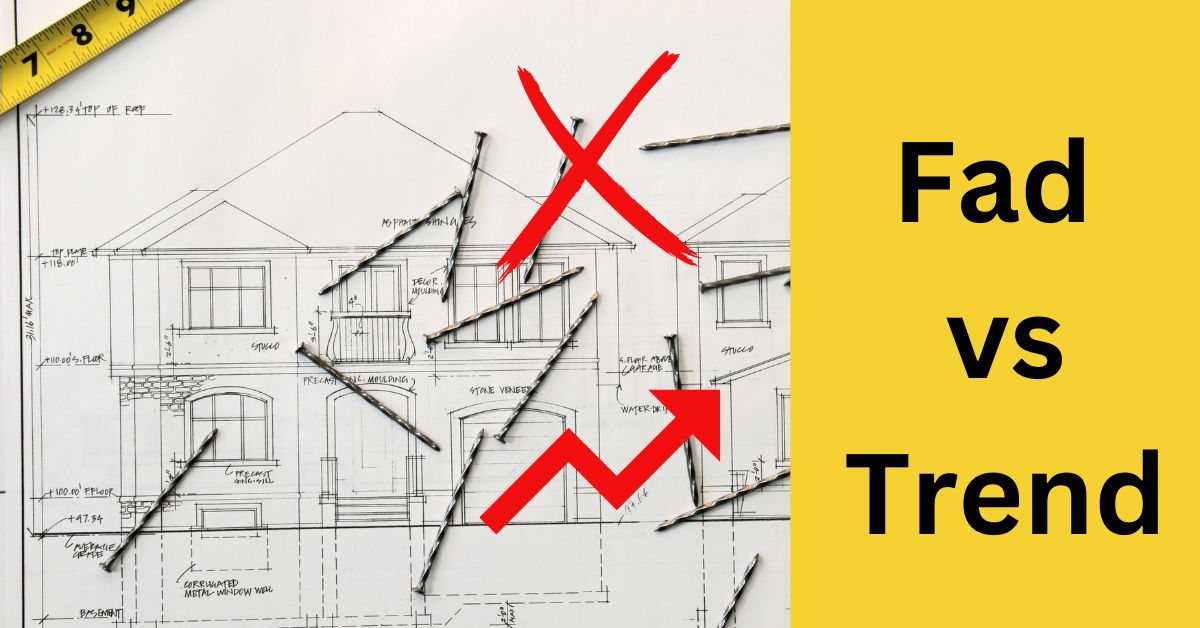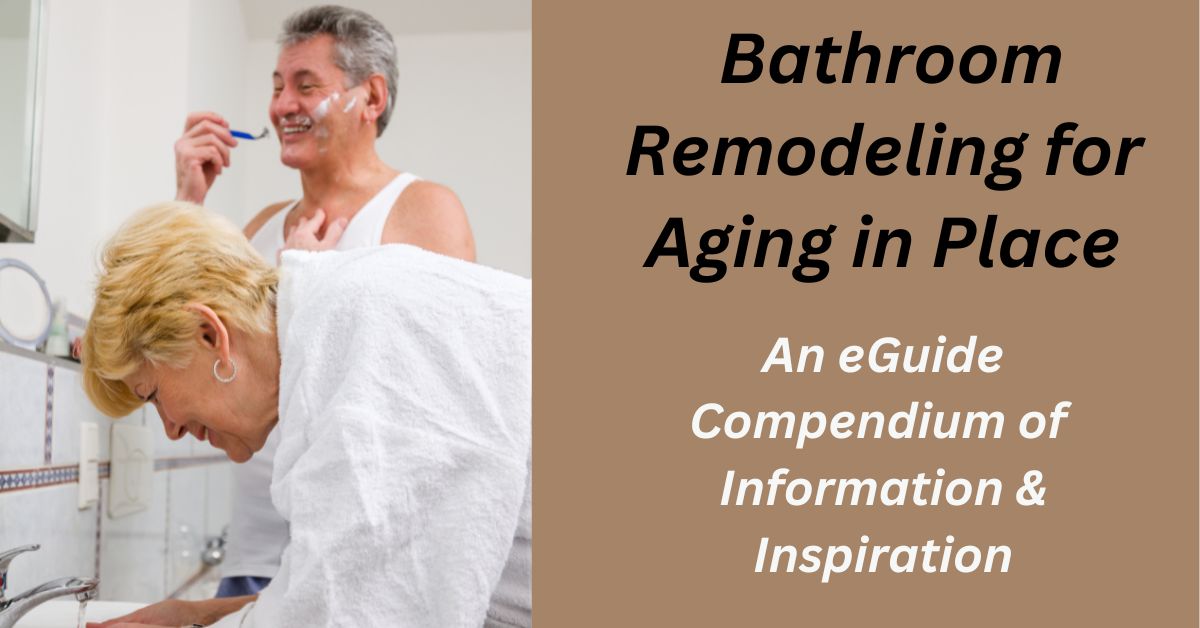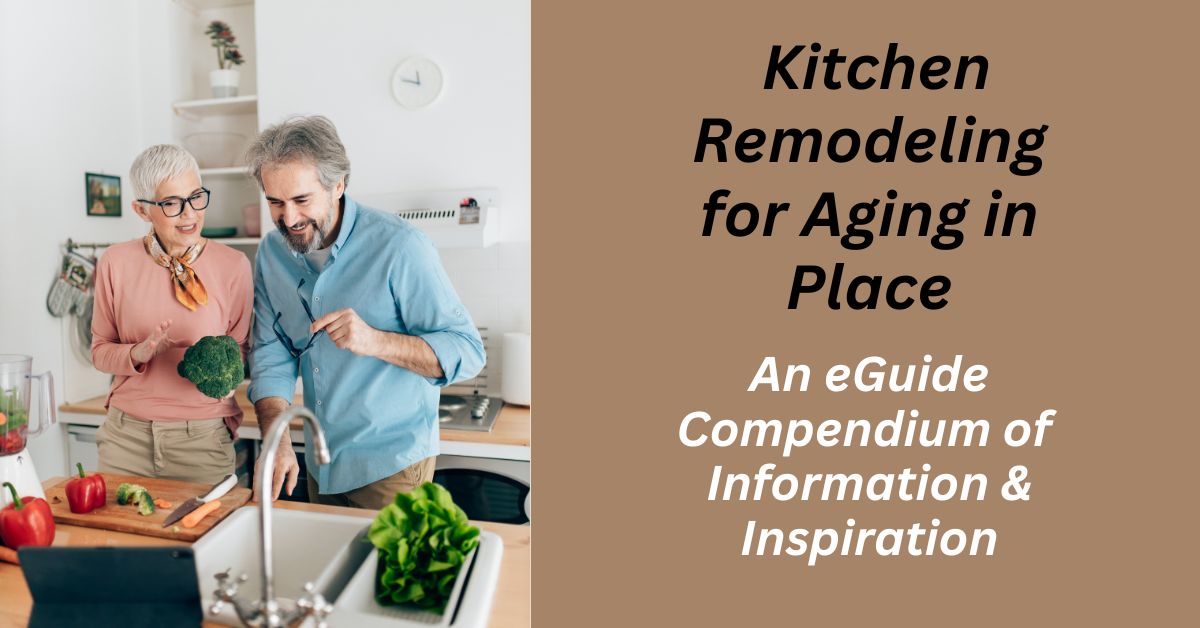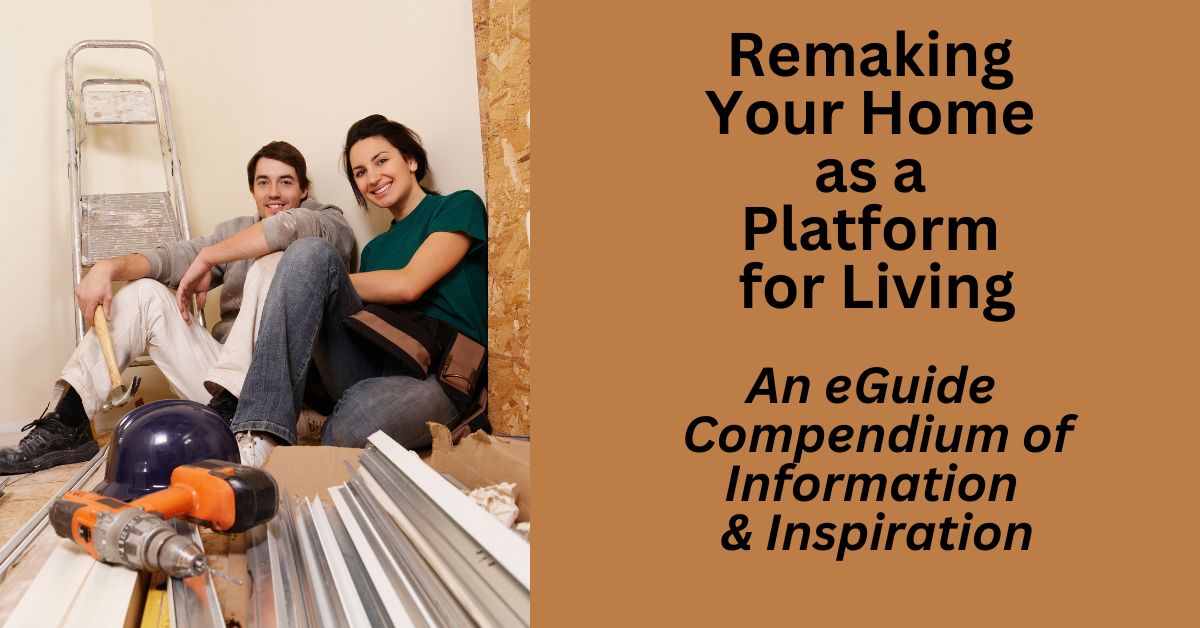Table of Contents
Note: If you came to this post on fad vs trend through a random search, please click on this parent page and our home page for more context.
Fad vs Trend
You can see a “fad vs trend” dichotomy in many areas of life. But here we are looking at it in the context of home improvement.
And, for this to be useful, we must examine it on several different levels. We’ll provide some examples to illustrate our points.
Be prepared to find that this fad vs trend thing can be a bit weird. A fad can morph into a trend. And then it will die out as having been a bad idea in the first place.
But then, after some years, it will be back. Like a bad penny.
Ultimately, the test of fad vs trend in the marketplace is this. Does it have the potential to become timeless? But the test for you personally is always, “Does it fit my style? And is it timeless to me?”
- Related post: Remodel Trends
The Bottom Line of Fad vs Trend
It’s your home and it’s your space. So it’s your rules. And it’s what floats your boat that counts in the end.
Your home is personal to you. But just be sure that how you decorate it brings joy to you personally. If you do, you can pretty much ignore any stricture of what other people have to say about trends and fads.
The big exception is when it comes to selling your home. A home for sale should have no room for anything faddy or trendy.
But here’s the main point. Make thoughtful home improvement design decisions that are true to yourself. If you do, you will likely not fall into the tempting and perhaps expensive trap of a fashionable fad or a tricky trend.
What Makes a Fad?
A fad is little more than a tick in time. A temporary style or fashion.
A fad is something that evokes some perception of “coolness.” And it becomes a fad because the “me too” herd mentality kicks in. But eventually, the “fad” fizzles and becomes “fade.”
The fad typically fizzles because of its inherent flaws. These are normally related to its impracticality or inherent tiresomeness.
But, unfortunately, the interior design profession is partly responsible for fads taking root in the first place.
This is because designers feel that they must do, or advocate something “different” just to stay relevant.
The Boho Style
A prime example is the Boho or bohemian style. Boho, in our opinion, is way more of a fad than a trend.
This is because it is so visually “fussy.” In fact, we would say “messy.” It is the antithesis of any kind of calming “zen” ambiance that you could actually live with long term.
People will tire of Boho. But, fortunately, this fad is mainly confined to decorator items that do not involve too much expense and are not permanent.
For instance, take this macrame wall hanging.
A faddish piece like this is actually saved by its cost. If a fad is cheap, we can live with it, enjoy it until we get tired of it, and then sell it on eBay – with no harm, no foul.
The lesson here is this. If there are faddish things you really like, confine your investment and selection to purely decorative objects. You can feature these within your overall design as ‘statement pieces.’
But some fads are not cheap, such as shag rugs.
Shag Rug – A Cautionary Tale
The shag rug is an item of home improvement that is not cheap. It started out as a bit of a fad because it seemed so cozy and inviting. But then manufacturing and marketing gave it legs. And it became a temporary trend or a trap for the unwary.
There are so many downsides that the shag rug fell out of favor. They may be cozy. But they are high maintenance and a cleaning nightmare. On top of that the rug pile gets tangled and matted. And they are a trip hazard.
Plus shag rugs accumulate pet dander and dust no matter how often you clean them. On top of that, they can shed. So they are unhealthy, especially for allergy sufferers.
So, happily, this shag rug thing actually became only a short-lived trend.
Open Kitchen Shelves
Open kitchen shelves may have made sense in the days before cabinetry. But until recently, open shelves were all the rage, although they didn’t quite make it into trend status.
They indeed added visual interest. But people soon wised up to their downsides. Open kitchen shelves (open bathroom shelves too) and whatever is sitting on them collects dust. They are a cleaning problem. And they can cause mental irritation too, as being a source of visual clutter.
In our opinion, open shelving in the kitchen should be confined to bookshelves for your cookbook collection. The book covers are both decorative and a source of culinary inspiration.
Pots, pans, and other such items should be kept out of sight, not displayed on shelves. Cookware stored in the open gathers dust, which is not hygienic.
Tile Countertops
Tile countertops were a well-established trend back in the 80s and 90s. But they got replaced by continuous, single-surface countertops like granite. Granite and other solid surface materials, such as Corian, are both pleasing to the eye and practical because they are easy to clean.
But, while tile countertops should be a long-dead trend, they are now making a comeback.
Don’t get suckered into tile countertops. It is a recycled fad. Everyone knows that tile countertops are not practical.
They are difficult to clean and the grout harbors dirt and germs, which you don’t want in your kitchen. And they need to be re-sealed every year.
Plus they do not provide a reliable level or stable surface.
By the way, when it comes to countertops and fads, (in our opinion) you can add concrete, zinc, and stainless steel countertops.
- Related post: Kitchen Design Trends
Loud Wallpaper
There is nothing that screams “fad” so much as the latest in busy, bold-print, loud, and in-your-face wallpaper. Don’t be tempted.
Ill-considered wallpaper will wear you out with its visual clutter over time. And, if you are trying to sell your home, it will likely turn off most buyers, because they won’t want the expense of replacing it.
What Makes a Real Trend?
If you come across a design trend you like, beware. It may well be a trap, baited by seductive advertising or PR.
A trend will normally take root only when it has proved its worth in practicality, style, and manufacturing processes over the long term.
A viable trend has an identifiable benefit over that which it seeks to displace. It will solve a problem in an appealing way.
Such a trend will garner the attention of an industry that will make sure it has marketing legs before investing in it. And it is the manufacturers that will then get behind the advertising and PR.
But there are exceptions. A trend can become a trap.
Vessel Sink
An example (for us) of a worthless trend is the vessel sink. In fact, it had no business making it out of the fad stage.
To our minds, the vessel sink makes no practical sense. It’s hard for short people to use. It’s susceptible to accidental damage; there’s no overflow; it needs a special purpose faucet; it’s usually expensive, and it’s a cleaning nightmare. You can’t see behind it, so there is no telling what crud is accumulating there.
But somehow the vessel sink got legs and became a raging trend. But it won’t last.
The vessel sink is no more than a faddy reincarnation of the pre-plumbing era Victorian wooden washstand table. This came with a bowl and pitcher of water that you would wash your face with when you got up in the morning.
With modern plumbing and modern porcelain manufacturing, this Victorian arrangement evolved.
It became the classic, sensible, easy-to-clean, and easy-to-use bathroom vanity of today.
Yet people have embraced the vessel sink because of its striking visual appeal. And, for this reason, manufacturers answered the call.
“Vessel sinks are aesthetically offensive, functionally ridiculous, and a prejudice against your cute petite friends.” Distinguished designer David Kaihoi said this, and we agree.
When Does a Trend Become Timeless?
Timelessness is a function of practicality and/or style. And it is what we should strive to attain in interior design.
It is hard to know whether a legitimate trend will have the staying power to make it timeless in its own right.
But you should always run it by your own personal sense of style. And ask yourself: “Is it fit for purpose? Is it practical? And does it seem timeless to me?”
But at the same time, don’t exclude the fun or whimsical. If this is part of your style, make a design statement out of it but not an expensive architectural feature.
Personal Style
Your own personal style is timeless to you. What is timeless in the rest of the world is of no real concern when it comes to determining your own design preferences.
For example, green kitchens may be trending strongly. But you don’t like green. So that rules out a green kitchen, as far as you are concerned.
And developing a style that is your own can protect you from passing fads and trends. It will also act as its own filter and protect you against buyer’s remorse.
You will learn to exclude, borrow from, or adopt a trend or a fad as a means to enhance the expression of your own style.
And your personal style is your defense against friends who ask, “Why don’t you have this ‘such and such trendy thingy’?”
Your answer is, “Not my style.” And that, my friend, is an argument-stopper!
Developing Personal Style
But a little word of caution here. If it has not already developed over the years, your personal style may take time to form.
However, you can accelerate the process by paying attention to the world around you and collecting the things that please you in a simple scrapbook. And you can do simple things like determining the colors you like and the colors you don’t like.
You will soon find that your scrapbook collection will appear to develop a personality all of its own. And, presto, this is your emerging personal style!
Timeless Trends
Some trends become objectively timeless, regardless of personal style. This can be attributed to universal practicality and universal appeal.
Here are 4 examples:
Bidet
The bidet is an example of a trend that is on its way to being timeless in the US. It has already established itself as timeless in the rest of the world. After all, it’s been out there for more than two hundred years! And the bidet/toilet combo is a real breakthrough.
The bidet is timeless because it is universally useful.
- Related post: Bidets
White Kitchen
The white kitchen (and white bathroom) is an example of a trend that deserves to be timeless. They have simplicity and they belong with any decor in the rest of the house. And their white color reflects light, making them easier to work in, and making them look bigger.
And a white kitchen is easy to dress up with your own design flourishes and accessories. These include countertops, backsplashes, cabinet door hardware, flooring, plumbing fixtures, and appliances.
But beware of an insidious fad – the “all-white” kitchen. This is the result of some designer’s wrong-headed notion that if a white kitchen is good, then an all-white kitchen must be better. That’s a terrible idea. Imagine cooking in a blizzard. It’ll give you a headache.
Natural Wood Grain Kitchen
Of course, another timeless kitchen features natural wood-grained cabinetry. This kind of kitchen is beyond trend. It is just there, as an acknowledgment of all things natural.
Universal Design
Universal Design is an example of a trend that is or will become timeless. This is simply because it appeals to and is useful to all people of all ages and abilities. It is actually a design philosophy more than a specific design.
An example of Universal Design in action is no longer placing the microwave oven over the range. This is for reasons of reach and safety.
Older and shorter people can’t easily reach a microwave in this location. And it is inherently dangerous to be leaning and reaching over a hot range, perhaps even with a lighted gas burner.
And Universal Design is having its greatest impact in the arena of aging in place.
- Related post: Universal Design
- Related post: Aging in Place
- Related post: Microwave Ovens
What About Your Personal Needs and Long-Range Plans?
If you plan on staying in your home for a long time, then perhaps aging in place is in your plans. In this case, you might want to eliminate your bathtub and install a walk-in shower. This is actually quite trendy right now.
But this is not something you would do if you intend to sell your home. This is because your wider audience of buyers is probably looking for a bathtub.
Besides, you would never recover the cost of the project on resale.
What About Selling Your Home?
If you are selling your home, you are trying to appeal to the broadest possible audience of buyers;
So, for example, avoid anything that “jangles” the eye, like shiny gold and brass plumbing fixtures. These things scream “fad.”
Keep your home fresh and clean with neutral paint on the walls – no wallpaper and no colorful “accent walls.” When buyers look at the listing photos online, they will want to see a “blank slate.” They want something on which to project and imagine the decorative changes they might want to make.
Conclusion on Fad vs Trend
Don’t get trapped (should we say “suckered”?) into spending money on a trendy interior design project only to find that it’s out of fashion in a couple of years. And, hurtful truth to tell, you didn’t much like it anyway.
We are not saying that there is no value in fads and trends. But we are saying that you need to engage in some critical thinking when approaching them.
Only invest in something new that has meaning to you, adds value to your life, or adds actual value to your home.
Distinguish between a trendy object that you can eventually sell on eBay with no harm done, on one hand, from an expensive remodel project that you must live with because you spent so much money on it.
Filter fads and trends through your own design style. This way you can achieve your own timelessness. A well-established sense of personal style will thwart the threat of any fad or trend.
In this way, this way, the fad vs trend question becomes irrelevant. And don’t forget the argument stopper: “Not my style!”
- Related post: Bathroom Design Trends





Leave a Reply